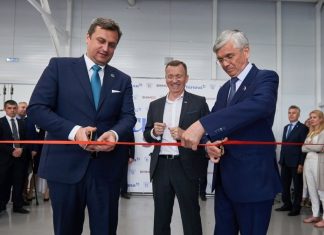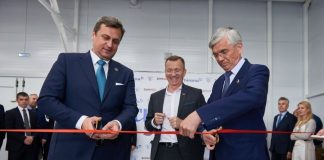The organisational and financial background of disinformation actors is still under-researched. The environment of the more traditional and established disinformation actors has diversified as a result of the Covid-19 pandemic, the war in Ukraine and internal political developments.
In the past, research and studies focused on analysing and evaluating the content disseminated by diverse actors have dominated. Therefore, we now have a productive body of data that identifies the disinformation or otherwise malicious nature of actors. For this reason, the study does not deal with a detailed analysis of the disseminated content but with the actual organisational and financial functioning of the websites analysed.
Understanding the linkages between disinformation actors, their organisational and business models, or sources of funding is crucial to effectively counter the spread of disinformation, coordinated disinformation campaigns and potential sources of malign foreign influence. The study also aims to raise awareness of the issue at a societal level, particularly in discouraging the consumption of disinformation.
Key Findings
- The study classifies the analysed actors into four categories (Esoterics, Healers, Preachers and Businessmen). The categories reflect the thematic orientation and the type of motivation of the actors. The most numerous category in Slovakia is Preachers (39 actors), i.e. actors who communicate socio-political themes and do so primarily out of conviction.
- Different motivations of actors (ideological or financial) may also imply different levels of willing- ness of actors to correct their harmful behaviour in the online space. Given the danger posed by the Businessmen group (10 actors), this category needs to be targeted in efforts to limit revenue (especially from advertising).
- The overwhelming majority of actors in the Slovak information environment were originally formed on the basis of ideological motivation. This means that even the eventual success in defunding or revenue reduction efforts may not change specific actors’ behaviour. However, it may at least help in limiting their resources and capacities, and thus the harmful activities themselves, which have the potential to (among other things) polarise the society.
- The analysed websites use several tools and methods to generate profits. Adverts and the possibility for readers to directly contribute and support the activity of the websites dominate. Other ways, such as print sales, e-shops, paid content or self-publishing, appear to a lesser extent. Advertising is used by 47% of the actors analysed, while reader contributions account for 43%.
- Ad revenue is a fundamental tool for generating profit for problematic websites. This is especially true for actors with high website traffic numbers (number of visits).
- The following websites can generate the highest revenue from advertisement: Hlavné správy, BáječnéŽeny.sk, eREPORT, Armádny magazín, InfoVojna and Hlavný Denník. Together, if the earning potential of the ads is maximised, they could generate a profit of more than 56,000 euros per month.
- The decisive factor is mainly the number of visits the website receives on average per month. The same is the case for presence and reach on Facebook (by number of followers). There are four websites above the million visits per month threshold – BáječnéŽeny.sk, eREPORT and InfoVojna. Hlavné správy reach up to 3.7 million visits per month on average.
- Disinformation actors mainly use three business models in their activities: the limited company model, the civil association model and the legal vacuum model. Each brings both advantages and di- sadvantages in relation to transparency.
- The websites in the Businessmen category are a relatively decentralised network of different actors. While some of them also create other projects, it is generally true that the actors in question are primarily united by similar beliefs and by the content or rhetoric (e.g. disinformation narratives) itself. What is interesting is rather the political overlap of their activities.
For more information, see the study below.
This study was conducted in cooperation with the Prague Security Studies Institute and with the support of Open Information Partnership.

The views and opinions expressed in this document do not represent the official position of the Open Information Partnership. The contents of this document are the sole responsibility of the authors.
CHCETE PODPORIŤ NAŠU PRÁCU? POMÔŽTE NÁM CEZ PATREON. MÔŽETE TAK UROBIŤ UŽ ZA €3
https://infosecurity.sk/podpora/














